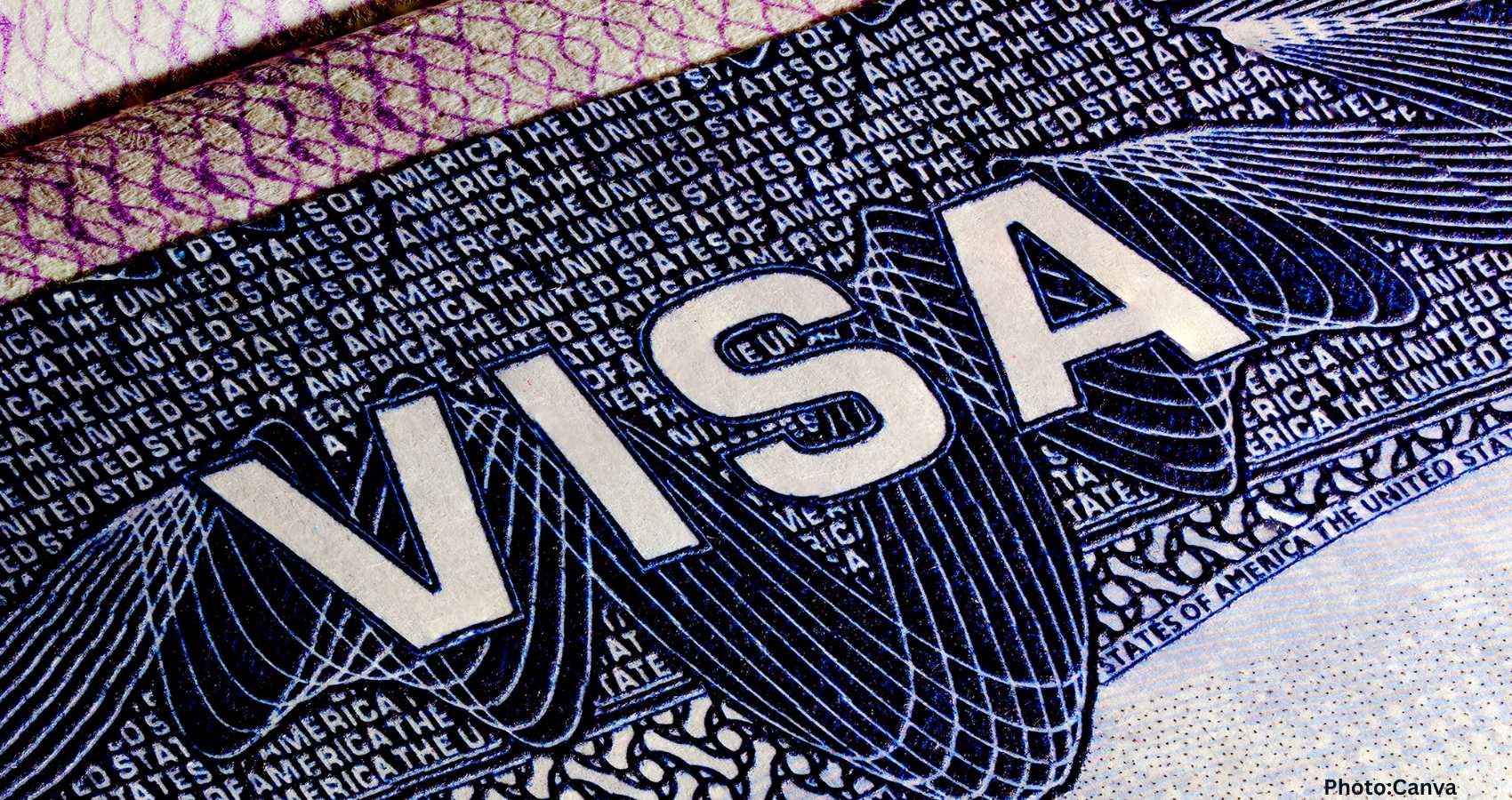Beginning in 2025, the U.S. will implement a visa bond program requiring certain international travelers to enter and exit through designated airports, potentially posting bonds up to $15,000, alongside a new visa fee.
By August 20, 2025, the United States will launch a new visa bond program targeting nationals from countries with high rates of visa overstays. Applicants for a B-1/B-2 tourist or business visa may be required to post a refundable bond that ranges between $5,000 and $15,000. In addition to this financial requirement, they will be allowed to enter and exit the country only via an exclusive list of U.S. airports.
The aim of these restrictions is to more closely monitor compliance with visa terms. The U.S. Department of State asserts that the new requirements will facilitate the tracking and potential apprehension of travelers who may overstay their visas. However, civil rights and travel advocacy groups argue that the policy may lead to profiling and discourage legitimate travel for tourism, study, and business purposes.
This latest move is expected to complicate logistics for airlines, as they will now be tasked with verifying eligibility for both visa and airport restrictions.
In a parallel initiative, the U.S. is preparing to introduce a $250 Visa Integrity Fee, applicable to all nonimmigrant visa categories, including those for tourists, students, temporary workers, and exchange visitors. This fee will be mandatory in addition to both the visa bond, where applicable, and existing standard application fees.
The Visa Integrity Fee is scheduled to take effect on October 1, 2025, adding yet another financial burden to prospective travelers.
Both the bond program and integrity fee mark significant shifts in U.S. visa policy. For travelers from affected countries, the expense and logistical challenges of visiting the U.S. may serve as a substantial deterrent. The requirement to use specific airports adds a further layer of scrutiny and inconvenience. Although billed as temporary pilot programs, critics note that the infrastructure being established indicates these measures might extend beyond the current administration.
According to Live and Let’s Fly, these developments suggest a long-term strategy to reshape U.S. visa management.

